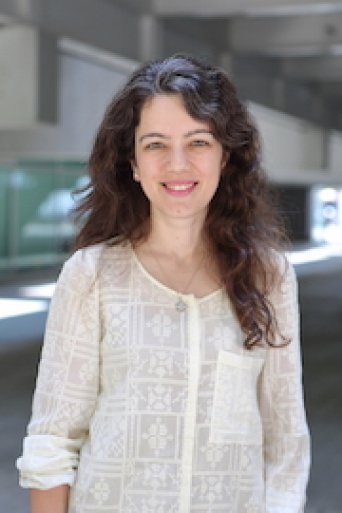 DORMANTOOCYTE
DORMANTOOCYTE

Understanding the Balbiani body: A super-organelle linked to dormancy in oocytes
Female germ cells, oocytes, are highly specialised cells that ensure the continuity of species by providing the female genome and mitochondria along with most of the nutrients and housekeeping machinery the early embryo needs after fertilisation. Oocytes are remarkable in their ability to survive for long periods of time, up to 50 years in humans, and retain the ability to give rise to a young organism while other cells age and die. Surprisingly, little is known about oocyte dormancy. A key feature of dormant oocytes of virtually all vertebrates is the presence of a Balbiani body, which is a non-membrane bound compartment that contains most of the organelles in dormant oocytes and disappears as the oocyte matures.
The goal of this project is to combine genetic and biochemical perturbations with imaging and state-of-the-art proteomics to reveal the mechanisms that dormant oocytes employ to remain viable. A previous study from the laboratory of Elvan Böke had shown that the Balbiani body forms an amyloid-like cage around organelles that could be protective, leading the group to identify several other unanswered questions about the cell biology of a dormant oocyte. Thus, in this project Böke’s team will investigate the following questions:
1. What is the metabolic nature of organelles in dormant oocytes?
2. How does the Balbiani body disassemble and release the complement of organelles when oocytes start to mature?
3. What is the structure and function of the Balbiani body in mammals?
For this they will use oocytes from two vertebrate species, frogs and mice, which are complementary for their ease of handling and relationship to human physiology.
By studying the Balbiani body, this project will provide fundamental insights into the organisation and function of organelles in oocytes and the regulation of physiological amyloid-like structures. The proposed experimental approach opens up new avenues into the mechanisms that protect organelles from ageing and that enable oocytes to remain dormant for many decades.

